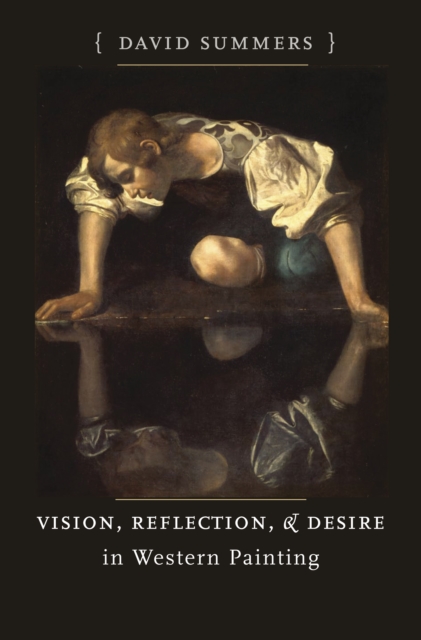
Vision, Reflection, and Desire in Western Painting PDF
by David Summers
Part of the Bettie Allison Rand Lectures in Art History series
Description
Spanning more than 2,500 years in the history of art, Vision, Reflection, and Desire in Western Painting demonstrates how the rise and diffusion of the science of optics in ancient Greece and the Mediterranean world correlated to pictorial illusion in the development of Western painting from Hellenistic Greece to the present. Using examples from the late Middle Ages and the Renaissance, David Summers argues that scene-painting (architectural backdrops) and shadow-painting (in which forms are modeled or shown as if in relation to a source of light) not only evolved in close association with geometric optics toward the end of the fifth century B.C.E., but also contributed substantially to the foundations of the new science.
The spread of understanding of how light is transmitted, reflected, and refracted is evident in the works of artists such as Brunelleschi, van Eyck, Alberti, and Leonardo. The interplay between optics and painting that influenced the course of Western art, Summers says, persisted as a framework for the realism of Caravaggio, Rembrandt, and Goya and continues today in modern photography and film.
Information
-
Download - Immediately Available
- Format:PDF
- Pages:232 pages
- Publisher:The University of North Carolina Press
- Publication Date:01/12/2015
- Category:
- ISBN:9781469626048
Other Formats
- PDF from £26.99
Information
-
Download - Immediately Available
- Format:PDF
- Pages:232 pages
- Publisher:The University of North Carolina Press
- Publication Date:01/12/2015
- Category:
- ISBN:9781469626048










